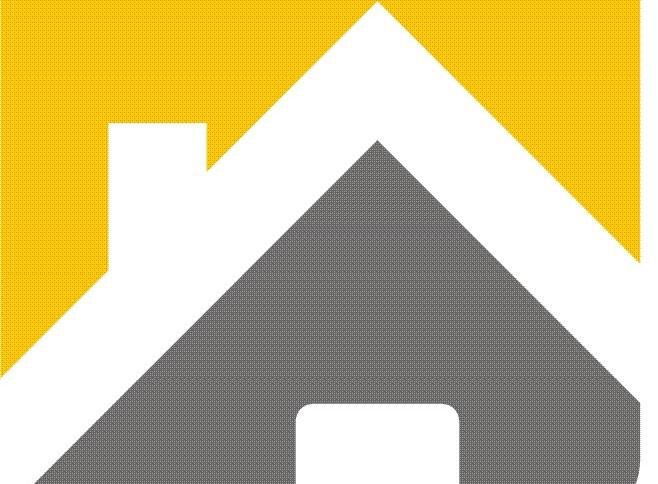WHAT HOME SERVICES CAN BE HACKED?
It seems that every day, there is a new smart device that can be incorporated into the home. Our thermostats can be altered remotely, our refrigerators can tell us what groceries we need, and we can command an inanimate object to turn on the lights for us.
It is a convenient way to live, but it presents risks. Most devices can be hacked via the internet or the app that controls them. One cybersecurity expert stated, “If it’s digital, it’s hackable”.
The question is not, “What can be hacked?” but, “How can I prevent an inevitable hacking attempt?” There are certain measures you can take to avoid it—read on to discover how you can prevent home service hacking.
Go Beyond the Password
You may be surprised by how much a password can protect you. Below are some of the top tips with regard to passwords and their importance.
Consider changing your passwords to devices, systems, and networks every six months or so.
Use a password with a variety of characters so it’s not easy to guess. It doesn’t need complicated jargon to be a good password. You can create one that is meaningful to you and no one else.
Do not use the same password for multiple devices. It may seem like a chore to remember so many passwords, but it is a vital step in securing your home services.
Use multi-factor authentication. Although it requires another step in logging into accounts, two layers of credentials help deter hackers.
Install updates to all devices as they become available. It’s a common practice to ignore updates, but sometimes they involve serious security patches.
Change the default password on every device. It seems obvious, but one research company discovered that 15 percent of devices still use the default password, which can be found with a simple Google search. Without creating a unique password, you are making it very easy for hackers to abuse your home services.
Be Wary of WiFi
Maybe you’ve already heard about avoiding public WiFi, but did you know there are ways to bolster your home network too?
Again, don’t use public WiFi. Although it is convenient, hackers can easily infiltrate devices using the connection in coffee shops and restaurants. Consider using your own, secure wireless hotspot instead.
Even within your private network, use segregated internet connections between phones and computers. You can split an existing connection between devices using a virtual local area network (VLAN). This precaution is handy because if one device becomes compromised, the others will not be.
Be cognizant of your home WiFi speeds. If it suddenly seems slower than normal, it could be indicative of a hacker.
Find a Security Vendor
Thankfully, you can have the best of both worlds: a smart and safe home. Security systems can integrate with home automation effectively, but consider finding a vendor that recognizes the risks in home automation.
If you take precautionary measures like those described above, the risks become less prevalent. Rather, you can enjoy the convenience that home automation provides, and take a deep breath knowing that you’re in control.
Locking Down Your Risks
The Home Security guide explains how to determine your home’s risk and provides several recommended safety modifications, including technological, physical, and outdoor measures. It also includes most practical security modifications for in and around your home, as well as financing options that can make them more affordable.
Stay safe!

